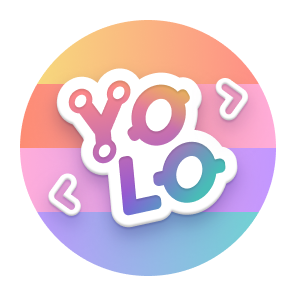-
TOYOTA MOTOR Corp.
- Tokyo, Japan
Stars
ROSA 🤖 is an AI Agent designed to interact with ROS1- and ROS2-based robotics systems using natural language queries. ROSA helps robot developers inspect, diagnose, understand, and operate robots.
⚡ TabPFN: Foundation Model for Tabular Data ⚡
Cosmos is a world model development platform that consists of world foundation models, tokenizers and video processing pipeline to accelerate the development of Physical AI at Robotics & AV labs. C…
A generative world for general-purpose robotics & embodied AI learning.
Integrating LLMs with ELNs to transform materials science research at KIT, enhancing data management and accelerating scientific innovation.
Documentation for Ross Wightman's timm image model library
PyTorch implementation of various CAM (Class Activation Mapping) models using TorchVision pre-trained CNN Classifiers.
Library first implementation of the D3 dispersion correction
The official code respository for "Crystalformer: Infinitely Connected Attention for Periodic Structure Encoding" (ICLR 2024)
Atomistic Line Graph Neural Network https://scholar.google.com/citations?user=9Q-tNnwAAAAJ&hl=en https://www.youtube.com/watch?v=WYePjZMzx3M
Positive and Unlabeled Materials Machine Learning (pumml) is a code that uses semi-supervised machine learning to classify materials from only positive and unlabeled examples.
Home for GSAS-II: crystallographic and diffraction-based structural characterization of materials
Jupyter widget to interactively view molecular structures and trajectories
🏆 A ranked list of awesome atomistic machine learning projects ⚛️🧬💎.
MACE - Fast and accurate machine learning interatomic potentials with higher order equivariant message passing.
Pretrained universal neural network potential for charge-informed atomistic modeling https://chgnet.lbl.gov
Materials graph network with 3-body interactions featuring a DFT surrogate crystal relaxer and a state-of-the-art property predictor.
Collection of tutorials to use the MACE machine learning force field.
Allegro is an open-source code for building highly scalable and accurate equivariant deep learning interatomic potentials
open-source multimodal large language model that can hear, talk while thinking. Featuring real-time end-to-end speech input and streaming audio output conversational capabilities.
A lightweight, low-dependency, unified API to use all common reranking and cross-encoder models.
Code for explaining and evaluating late chunking (chunked pooling)
Experimental design and (multi-objective) bayesian optimization.





